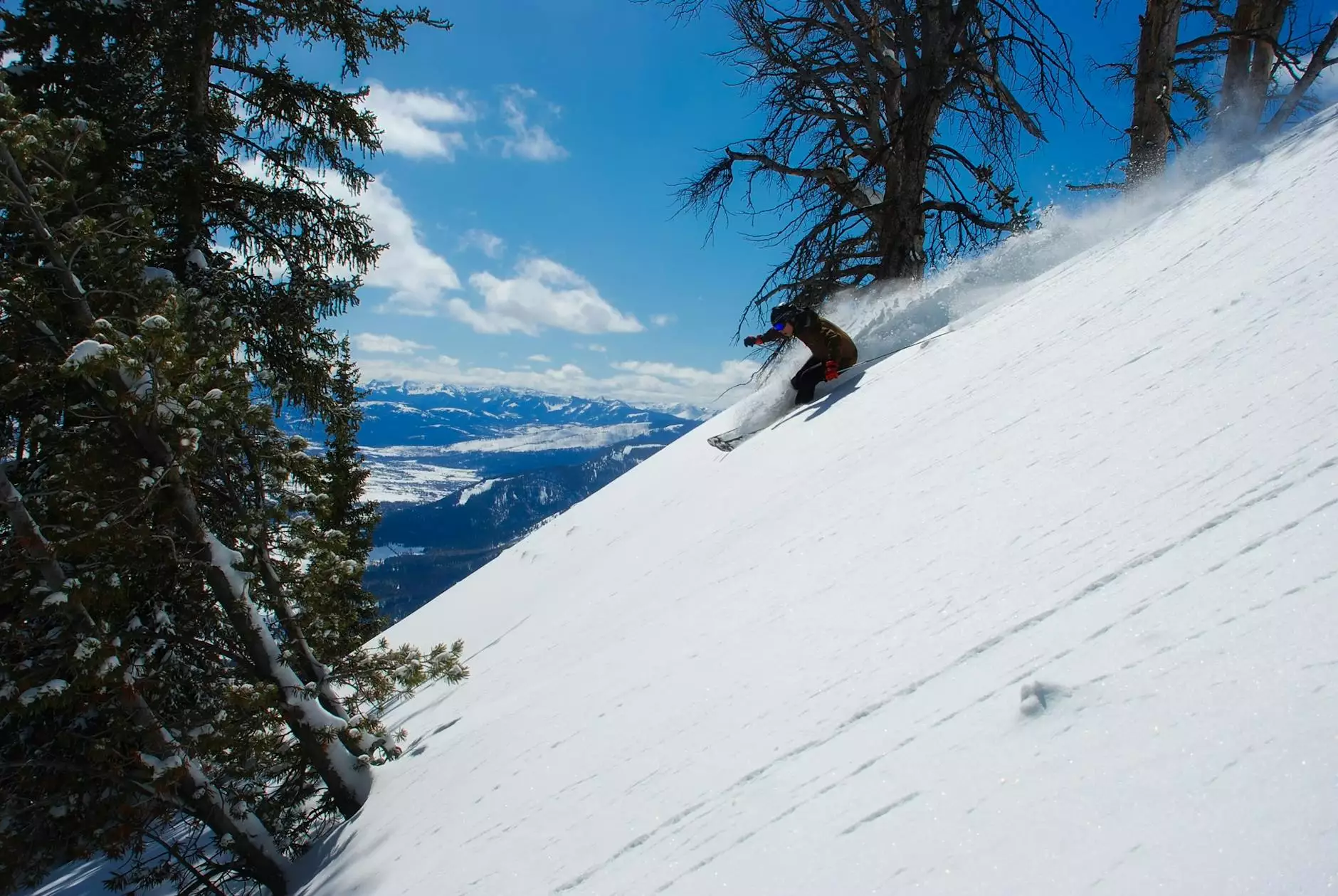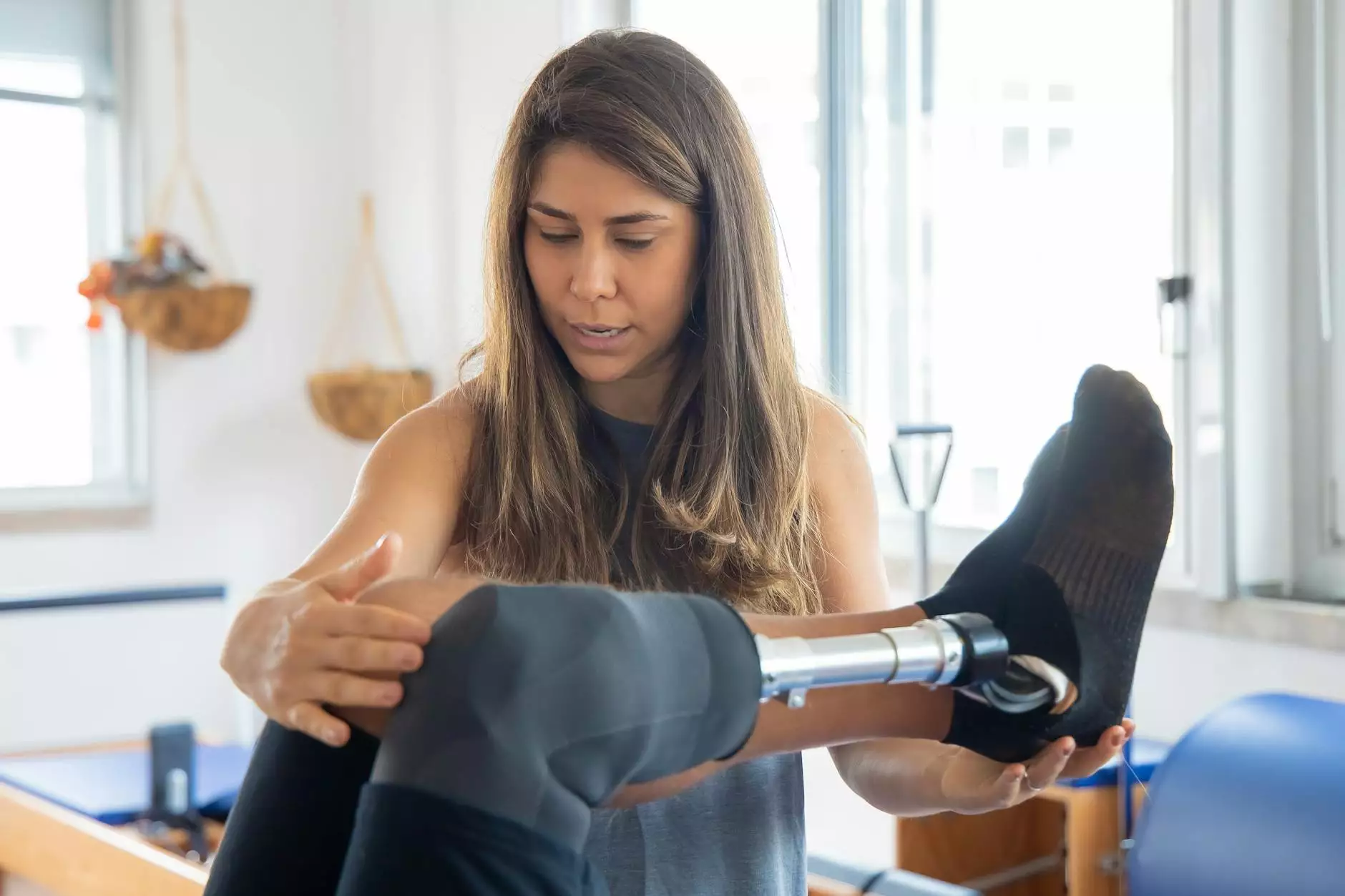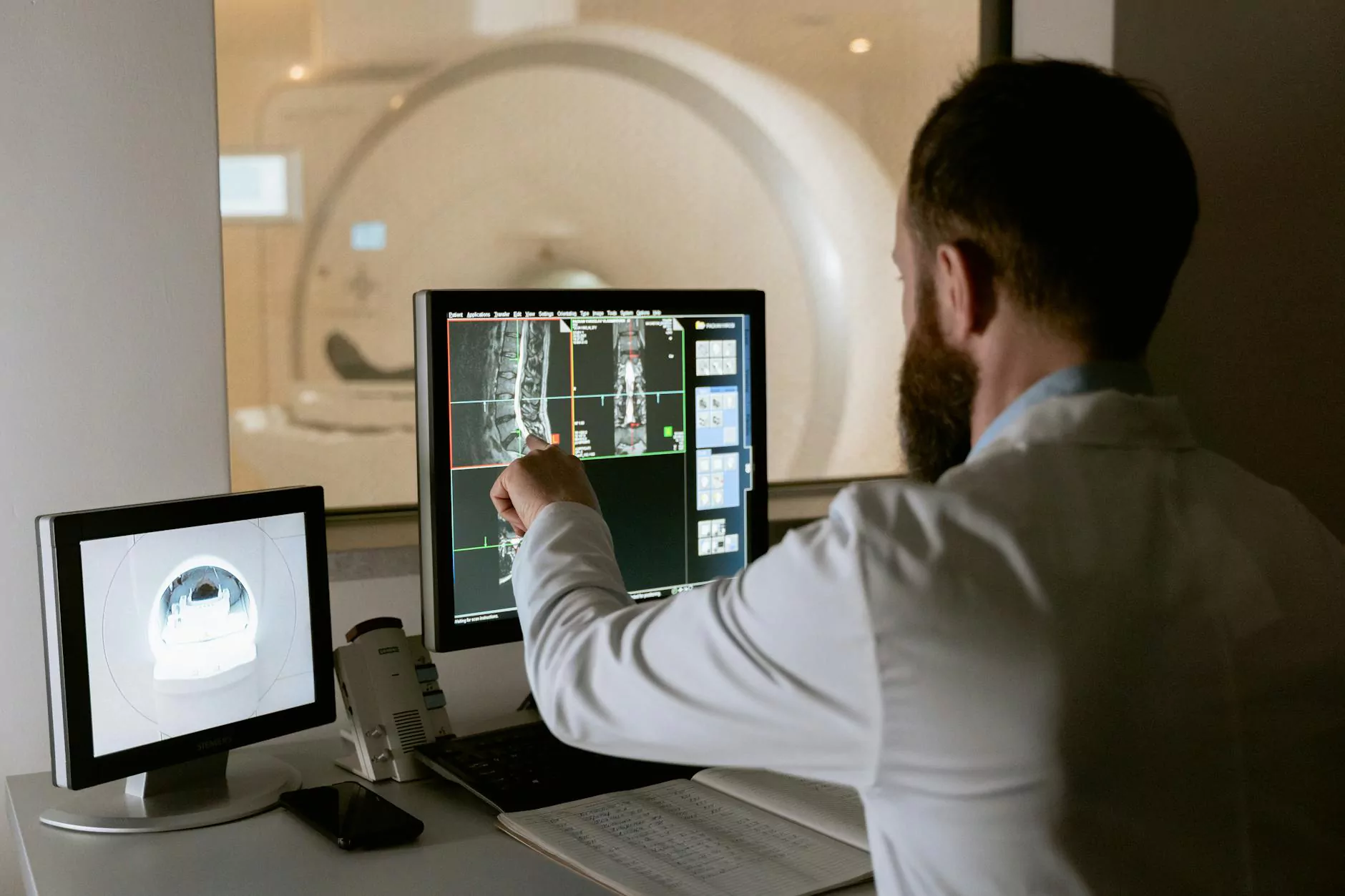Common Injuries - Cross Country Skiing

Introduction
Welcome to the comprehensive guide on common injuries in cross country skiing brought to you by Body Fusion. Cross country skiing is a popular winter sport that offers a great cardiovascular workout while exploring beautiful snowy landscapes. However, like any sport, it comes with the potential risk of injuries. In this article, we will delve into the most prevalent injuries associated with cross country skiing, their causes, prevention strategies, and effective treatments.
Injury #1: Shin Splints
Shin splints are a frequent complaint among cross country skiers. They are caused by the overuse of the muscles surrounding the tibia, resulting in inflammation and pain. Common causes of shin splints in cross country skiing include excessive training, improper technique, and ill-fitting equipment.
Prevention
To prevent shin splints, it is essential to gradually increase training intensity, ensuring proper rest and recovery days. Proper technique that minimizes impact on the shins should be learned and practiced. Additionally, investing in well-fitted, supportive boots is crucial to prevent unnecessary strain on the shins.
Treatment
If you experience shin splints, it is important to rest and allow the muscles to recover. Applying ice to the affected area and performing gentle stretching exercises can provide relief. Seeking professional assistance from a sports medicine specialist, such as the experts at Body Fusion, can help accelerate recovery through tailored treatment plans.
Injury #2: Knee Pain
Knee pain is another frequent complaint among cross country skiers. It can be caused by various factors, including incorrect skiing techniques, muscle imbalances, and insufficient warm-up or cooling-down routines.
Prevention
Preventing knee pain involves ensuring proper skiing technique, maintaining strong leg muscles through targeted exercises, and implementing a thorough warm-up and cool-down routine. Stretching before and after skiing can help alleviate stress on the knees.
Treatment
If knee pain occurs, resting the affected knee is crucial to allow it to heal. Applying ice can help reduce inflammation and relieve pain. Physical therapy and strengthening exercises prescribed by professionals at Body Fusion can aid in rehabilitation and prevent future knee injuries.
Injury #3: Shoulder Strain
Shoulder strain is common in cross country skiing due to the repetitive upper body movements involved in propelling forward. The muscles around the shoulders can become fatigued, leading to strain and discomfort.
Prevention
Preventing shoulder strain includes incorporating specific upper body strengthening exercises into your training routine. Focusing on proper technique and posture while skiing can also alleviate excessive strain on the shoulders.
Treatment
If you experience shoulder strain, resting the affected shoulder and avoiding activities that exacerbate the pain are important. Applying heat to the affected area and gentle stretching exercises can provide relief. Seeking assistance from a sports injury specialist at Body Fusion can offer tailored treatment options and guidance for rehabilitation.
Injury #4: Lower Back Pain
Lower back pain can occur in cross country skiing as a result of prolonged periods of forward flexion and poor core stability. It can also be caused by muscle imbalances and inadequate warm-ups or cool-downs.
Prevention
To prevent lower back pain, it is important to maintain a strong core and back muscles through targeted exercises. Improving flexibility and incorporating proper techniques, such as engaging the core and maintaining an upright posture, can also reduce the risk of lower back pain.
Treatment
If you experience lower back pain, resting the affected area and avoiding activities that exacerbate the pain are crucial. Applying heat or cold therapy and gentle stretching exercises can help alleviate discomfort. Body Fusion offers specialized treatments, including chiropractic care and therapeutic massage, to address lower back pain effectively.
Injury #5: Ankle Sprains
Ankle sprains can occur in cross country skiing due to the uneven terrain, sudden turns, or accidents during falls. The ligaments in the ankle can be stretched or torn, causing pain, swelling, and instability.
Prevention
Preventing ankle sprains involves wearing proper ankle support, such as high-quality boots, and ensuring proper technique when executing turns. Strengthening the ankle muscles through specific exercises can also help stabilize the joint.
Treatment
If you have sprained your ankle, it is important to follow the R.I.C.E. (Rest, Ice, Compression, Elevation) method to reduce inflammation and promote healing. Seeking professional care from specialists at Body Fusion, including physical therapists and orthopedic specialists, can aid in proper diagnosis and guide you through rehabilitation protocols.
Conclusion
Cross country skiing is a fantastic sport that offers a unique and exhilarating experience. Understanding the common injuries associated with it and implementing preventive measures are key to staying injury-free and enjoying this sport to the fullest. If you require further information, guidance, or specialized treatment for any cross country skiing-related injuries, the team at Body Fusion is here to assist you. Stay safe, stay active, and embrace the joy of cross country skiing!










